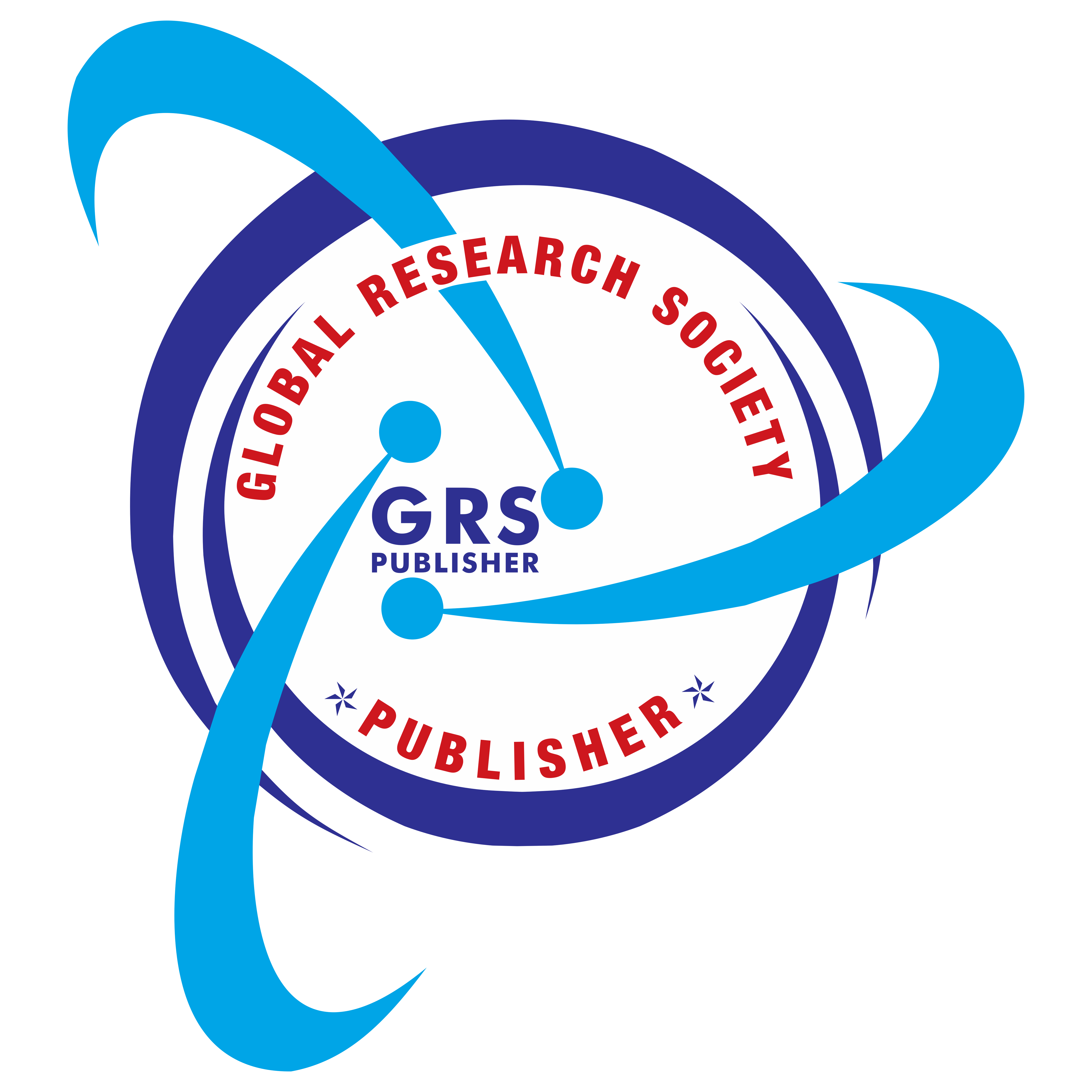GRS Journal of Multidisciplinary Research and Studies
All Issues
Mst. Nilufa Yesmin*, Md. Abul...
Scien Institute of Environmental Science (IES), University of Rajshahi, Rajshahi-6205
1-13
![]() https://doi.org/10.5281/zenodo.15568594
https://doi.org/10.5281/zenodo.15568594
Alfons Jhon L. Cabrezos*, Deni...
Science Education Department, College of Education, Central Mindanao University, Philippines
14-20
![]() https://doi.org/10.5281/zenodo.15572308
https://doi.org/10.5281/zenodo.15572308
*Priyabrata Swain, Aradhna Mal...
Indian Institute of Technology, Kharagpur, West Bengal, India
21-30
![]() https://doi.org/10.5281/zenodo.15572327
https://doi.org/10.5281/zenodo.15572327
Mahfuza Khanom Sheema, *Mst. N...
Udayan College of Bioscience & Technology, Rajshahi
31-35
![]() https://doi.org/10.5281/zenodo.15602309
https://doi.org/10.5281/zenodo.15602309
Okvan Resdianto Rustam*, Usep...
Universitas Negeri Jakarta
31-50
![]() https://doi.org/10.5281/zenodo.15628251
https://doi.org/10.5281/zenodo.15628251
Vaishali *, Dr. Niradhar Dey
Ph.D. Research Scholar in Education, School of Education, IGNOU, New Delhi
51-55
![]() https://doi.org/10.5281/zenodo.15667973
https://doi.org/10.5281/zenodo.15667973
Josphert N. Kimatu*, Laura N....
South Eastern Kenya University, School of Sciences and Computing, Department of Life Sciences, P.O. Box 170-90200, Kitui, Kenya.
56-62
![]() https://doi.org/10.5281/zenodo.15720492
https://doi.org/10.5281/zenodo.15720492
Mainul Islam*
Assistant Professor, Department of English, Dhaka International University
63-69
![]() https://doi.org/10.5281/zenodo.15760944
https://doi.org/10.5281/zenodo.15760944
